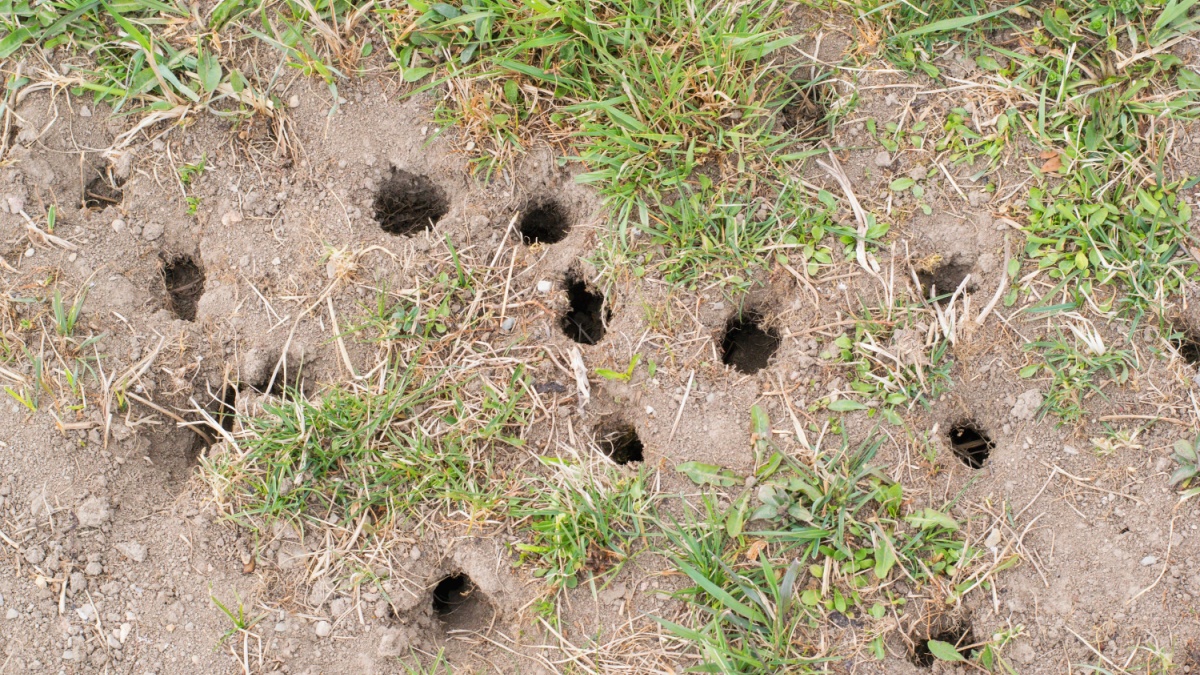The mole rats pose a significant threat to our gardens, causing considerable damage to roots and plants. Their rapid reproduction results in infestations that can jeopardize the health of crops such as fruits, vegetables, and grains. To combat this threat, several effective solutions range from mechanical traps to ultrasonic repellents, as well as preventive methods and environmental optimization.
Key Information
- Mole rats cause significant damage to crops.
- Their rapid reproduction leads to infestations.
- Natural and mechanical solutions exist to control them.
- A combined approach is recommended for lasting effectiveness.
Mole Rats: Pests to Watch
The mole rats represent a real threat to gardens and crops. Known for their ability to damage roots and plants, these rodents can cause substantial destruction. By digging underground tunnels, they disrupt plant growth, thus harming the health of the harvests.
Rapid Reproduction and Infestations
The rapid reproductive capability of mole rats leads to infestations that spread just as quickly. A pair of these rodents can easily produce multiple litters in a season, increasing the population and intensifying the damage to crops. It is crucial to act quickly at the first signs of infestation.
Signs of Infestation
Identifying visible signs is essential for taking appropriate measures. Among the telling signs are the presence of mounds of soil and clearly visible underground tunnels. These indicators serve as calls to action for gardeners looking to preserve their crops.
This Popular English Drink Repels Pests: An Unexpected Garden Tip
Economic Damage and Impact on Crop Health
The economic damage caused by mole rats can be significant, affecting the production of fruits, vegetables, and grains. Financial losses are not only due to visible destruction but also to a decrease in the quality of the harvests, leading to reduced income for farmers.
Effective Solutions Against Mole Rats
Several natural solutions exist to combat mole rats. Using mechanical traps is a classic method, but it requires regular checks to ensure their effectiveness. Ultrasonic repellents disrupt the underground activity of the rodents, while buried fencing can serve as preventive protection. Additionally, certain repellent plants, such as spurge and imperial fritillary, can also help keep these pests at bay.
Optimizing the Growing Environment
One good practice for preventing infestations is to optimize the growing environment. By eliminating tall weeds and plant debris, you reduce potential shelters that might attract mole rats. A clean and well-maintained area is less susceptible to being invaded by these rodents.
Natural Predators: A Valuable Asset
Utilizing natural predators is another effective approach. Installing perches for birds of prey, such as hawks and owls, can encourage their presence and help regulate the population of mole rats. Furthermore, turning over the soil exposes the tunnels, making these animals more vulnerable to predators.
A Combined Approach for Lasting Effectiveness
The best strategy remains a combined approach, utilizing both mechanical and biological methods. By diversifying control techniques, it is possible to achieve lasting effectiveness while preserving the balance of the ecosystem. Gardeners can thus protect their crops while respecting the environment.








